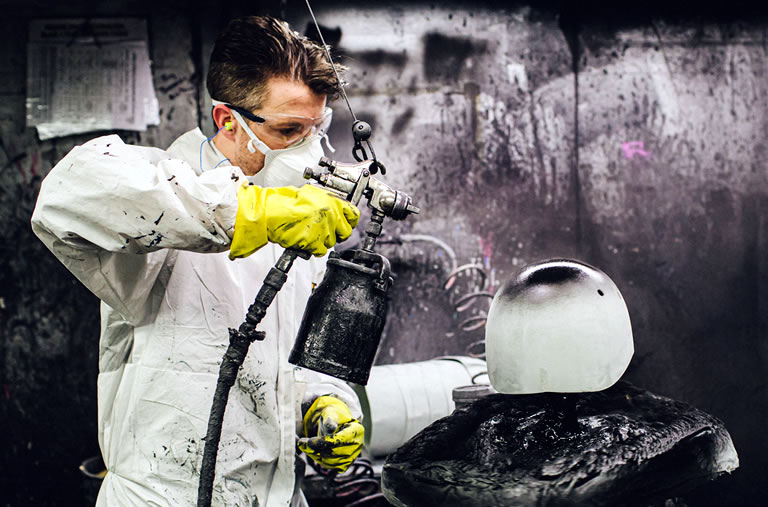
Your journey starts in Wrexham, North Wales. Our purpose-built factory is where every Charles Owen riding helmet is designed and made by hand.
The process of making the safest possible helmets has been continuously refined since Charles Owen himself made his very first protective helmet in 1911.
Today we produce approximately 180,000 riding helmets a year to protect horse riders around the world, including the Royal Family.
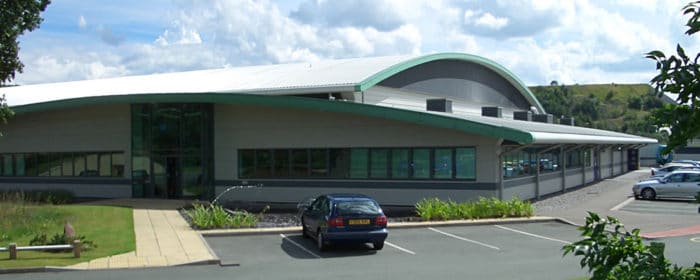
There are four key layers of protection to a riding helmet, made of many components. See what a riding helmet is made of to explore these.
Each part of the production process is handled by specially-trained teams on-site, using only quality materials. Since none of the production is outsourced, our quality control is extremely high.
Continue reading for an inside look at how a Charles Owen helmet is made, step by step. Then enjoy watching our factory tour video at the end!
Step 1: Design and testing
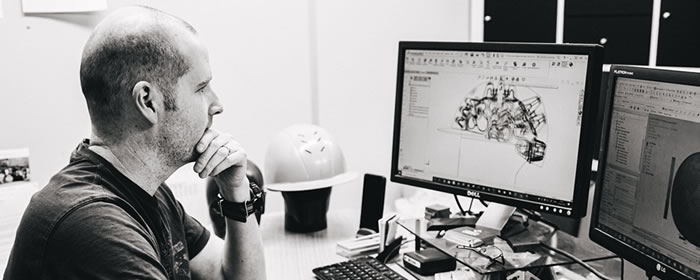
Before a new riding helmet model hits the production line, it has gone through an extensive amount of design and testing.
This involves our in-house designers and engineers as well as external independent safety standard testing houses.
The research and development of a helmet is a process that takes up to 12 months.
Step 2: Expanded polystyrene (EPS)
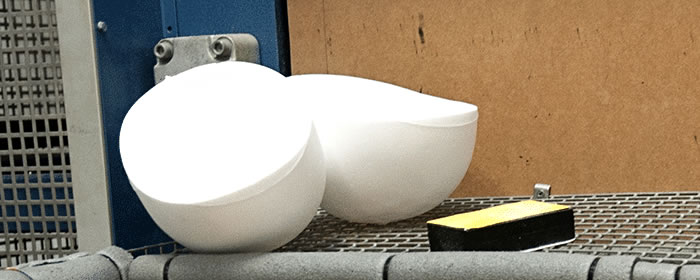
The EPS layer of the helmet is critically important in protecting the brain from a fall.
EPS is comprised of microscopic beads that act like bubble wrap for your head. These burst upon impact to absorb and dissipate the energy.
In our quest for making our helmets ever safer, Charles Owen now manufactures its own EPS using an ultra-refined recipe to produce the finest bubbles possible.
The state-of-the-art machinery is cooled using rainwater collected from our factory roof.
Every EPS mould is weight checked to ensure it offers maximum protection.
Step 3: Fibreglass shell
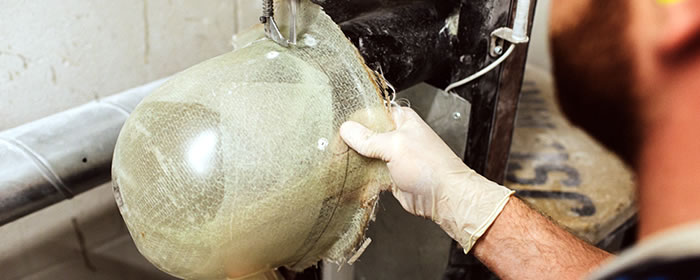
The fibreglass material used for the helmet’s shell is first cut to size using templates.
It is then set hard before being trimmed by hand with precision using a diamond-tipped router and sander.
Next, the shells are pre-drilled with ventilation slots and holes to prepare them for attachment of the harness.
Step 4: Shell painting
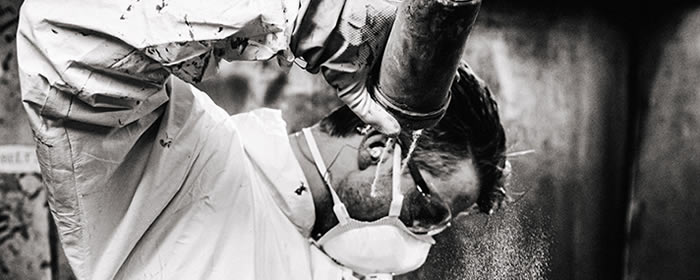
Many models of Charles Owen helmets have a painted shell in a range of colours. This includes two heat-reflective colours: silver and gold.
The painting of shells is skillfully done by specialist spray-painters wearing protective equipment in a highly ventilated booth.
The shells of jockey skulls have a special texture hand-applied during painting. This rougher surface helps a rider slide across the ground during a fall and reduce twisting of the brain.
Step 5: Cover stitching
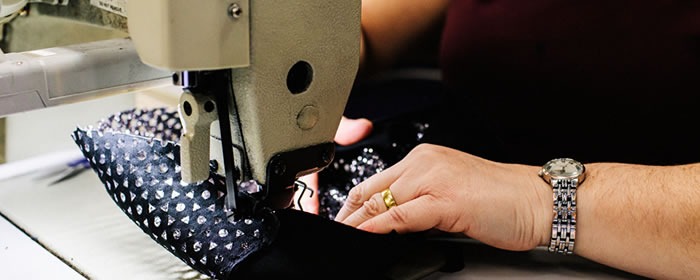
Helmet covers can be made up of several different materials or fabrics. Each needs to be cut to size and then stitched together.
All of Charles Owen’s stitching is done to very fine tolerances. The maximum variance of the seams are within 1/32 of an inch.
Step 6: Cover applied
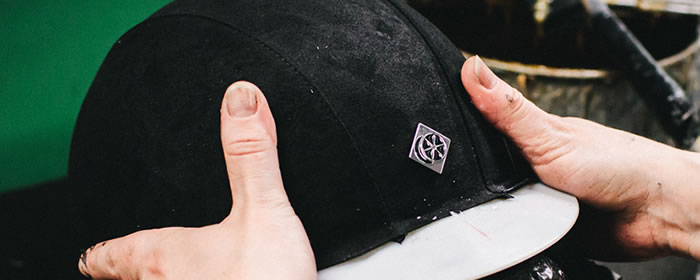
Glue is then applied to the surface if the shell is to be covered with mesh or material (microsuede, vegan leather-look or velvet).
The glues are colour-coded depending on their strength so the correct one is always used for each material.
Once glued on, the cover is then stitched through the outer shell to ensure the cover can never shrink and come away from the shell.
Step 7: Attaching the harness
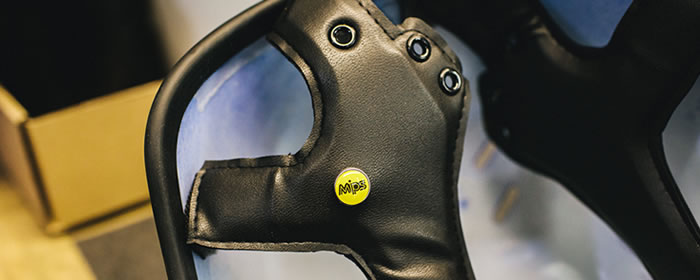
Next, the harness is attached by rivets to the shell of the helmet.
The harnesses themselves are sewn in-house, including our patented GRpx® harness that has five distinct layers that need to be stitched together.
Step 8: Quality control
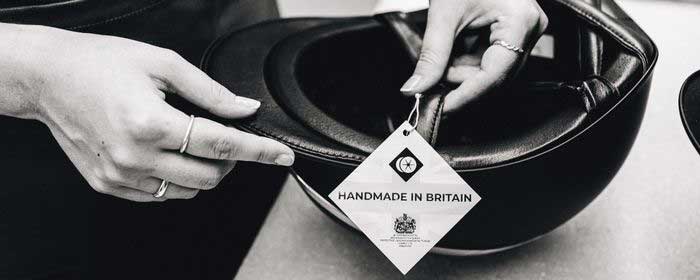
The final step of the process is cleaning and checking the helmet before it is passed through independent quality control.
Highly skilled technicians handle this part of the production process to ensure that nothing is missed.
Factory tour video
Charles Owen is proud that all of our riding hats are meticulously hand-crafted in the UK, using the highest quality materials and the latest safety innovations.
How to make a riding hat video
Watch YouTube star This Esme make her very own riding helmet – the Esme JS1 Pro – at the Charles Owen factory!